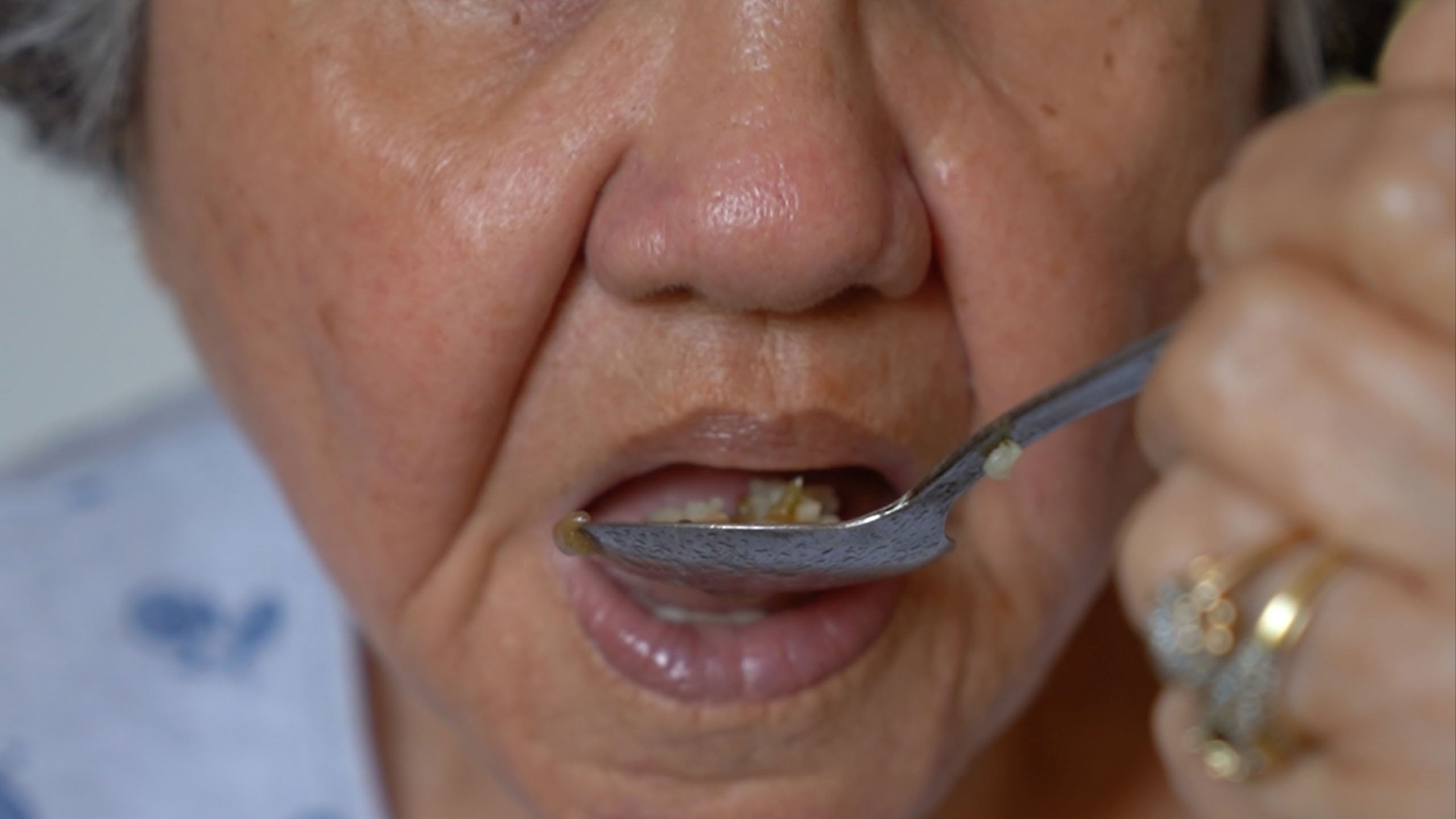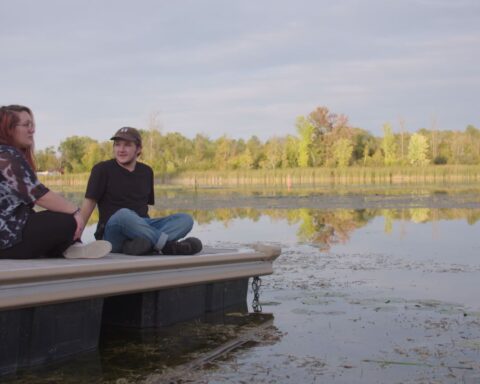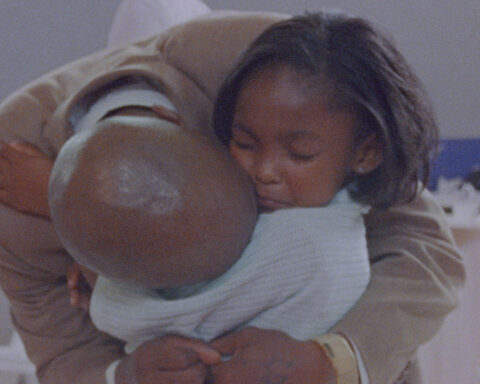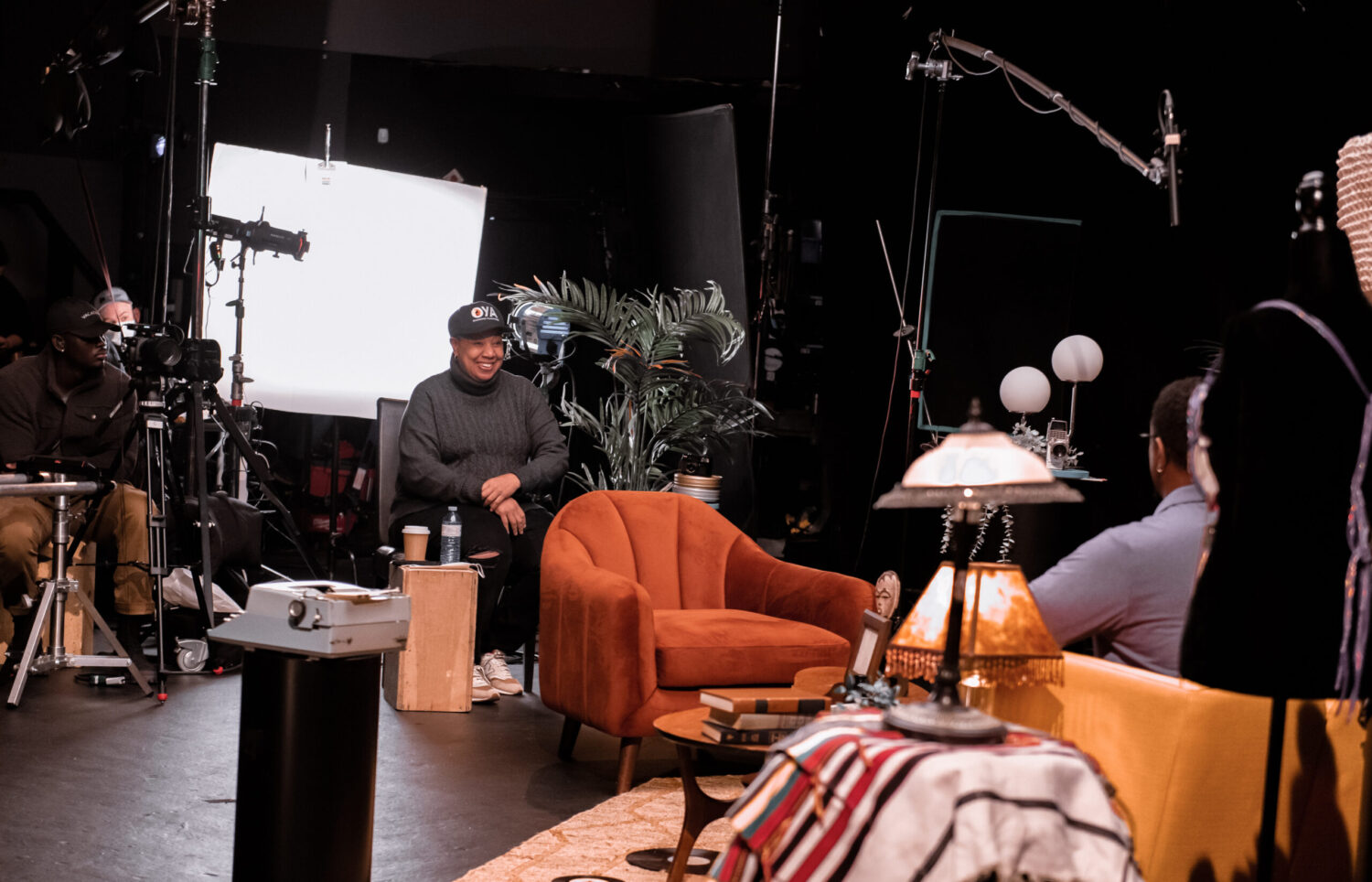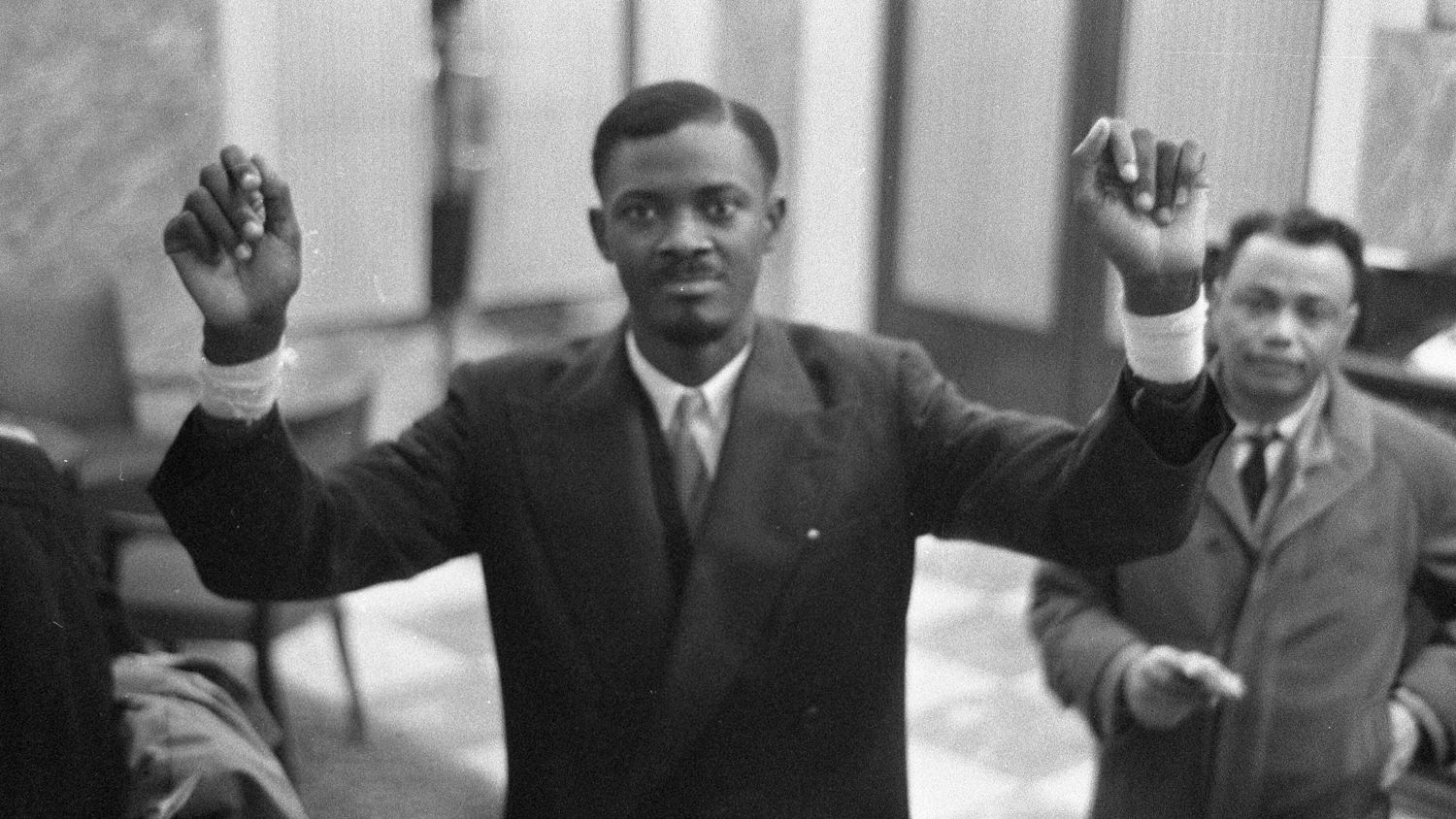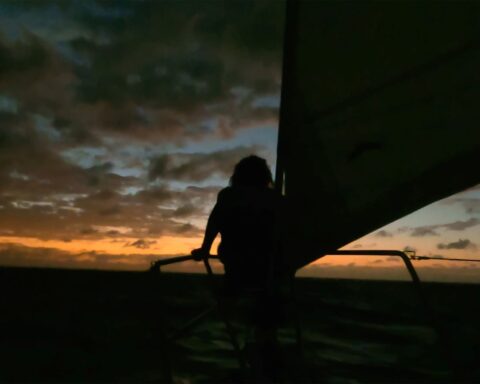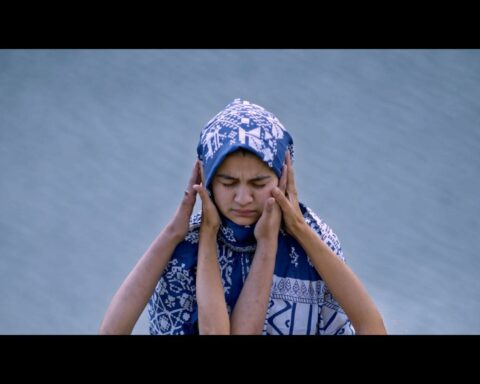The Sundance documentary shorts of 2024 came together to make a satisfying gumbo. Featuring a little of this and a bit of that, the non-fiction ingredients cater to all tastes and styles, like the baker’s dozen plus one of paintings that appear in the observational short 14 Paintings. The fine slice of slow cinema simmers as the camera takes in different artworks in China and observes how the environments in which they hang draw out their flavours. While most of the ingredients stewed together in the Documentary Shorts Programme, a few others peppered the line-up to add some flavour elsewhere. Animation, cinema vérité, family portraits, and hefty political works bring some onions, butter, andouille, and crab legs to the pot.
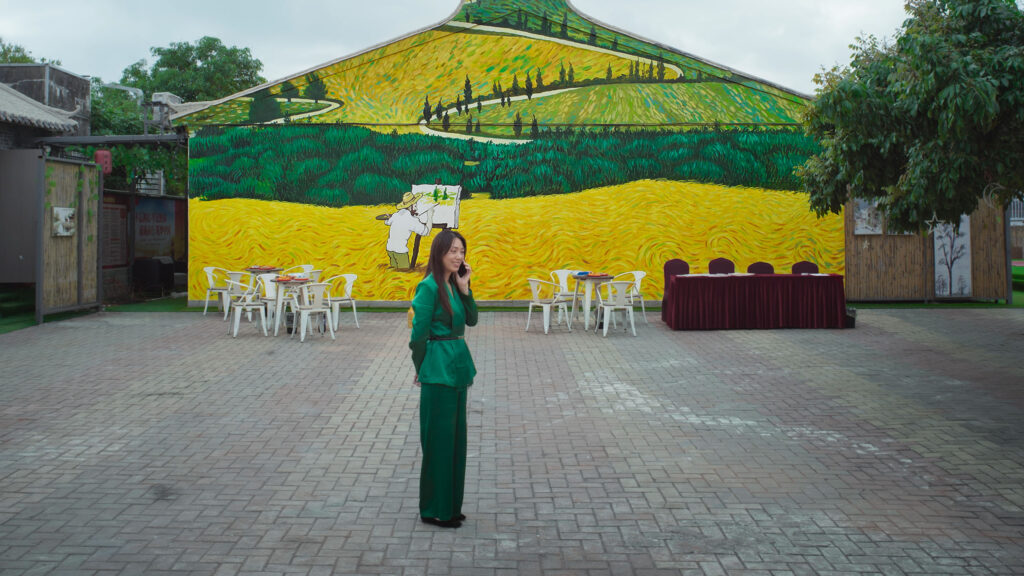
For example, Sundance served some hearty gumbo, literally and figuratively, with Ekbeh in Shorts Programme 5. Directed by Mariah Hernandez-Fitch, Ekbeh offers a playful cooking lesson with the filmmaker’s grandparents as they teach her how to make a proper New Orleans gumbo that’s infused with their language, roots, and traditions. Ekbeh, which means “to build” or “to cook” in the family’s native Uma, takes a cue from the most essential step of the grandparents’ recipe. After all the onions, sausages, and other fine ingredients are mixed and simmering nicely, the recipe advises the chef to stop and listen as the swamp pops. “Listen to your mawmaw and pawpaw talk about the good ole days,” the recipe says. As mawmaw and pawpaw look back on the fight to preserve their culture and language—with language itself forming a gumbo of English, Louisiana French, and Uma used interchangeably throughout the film—Ekbeh tells of efforts to assimilate Indigenous cultures within America’s melting pot. The film offers a hearty act of resistance, served with rice.
A story of Indigenous resilience also comes in Winding Path, directed by Cree filmmaker Alexandra Lazarowich and US filmmaker Ross Kaufmann. This beautifully shot film profiles Eastern Shoshone rancher and medical student Jenna Murray as she reflects on her connection to her grandfather’s ranch and what that pull means to her as an urban Indigenous woman who grew up a distance from her ancestral land. Intimately connecting Jenna’s story in voiceover with poetic images of the horses and land on the Wind River reserve, Winding Path traces Murray’s personal journey. It observes how the challenges and heartaches—notably the death of her grandfather Larry when ambulances couldn’t reach him on time and Jenna’s subsequent struggles with addiction—inform one’s life path. The film offers an inspirational tale about personal growth, but also finds in Jenna’s story and important message about bettering one’s community to ensure that future generations have a straighter path towards their own goals. (Read more about Winding Path in Kelly Boutsalis’s interview with Alexandra Lazarowich.)
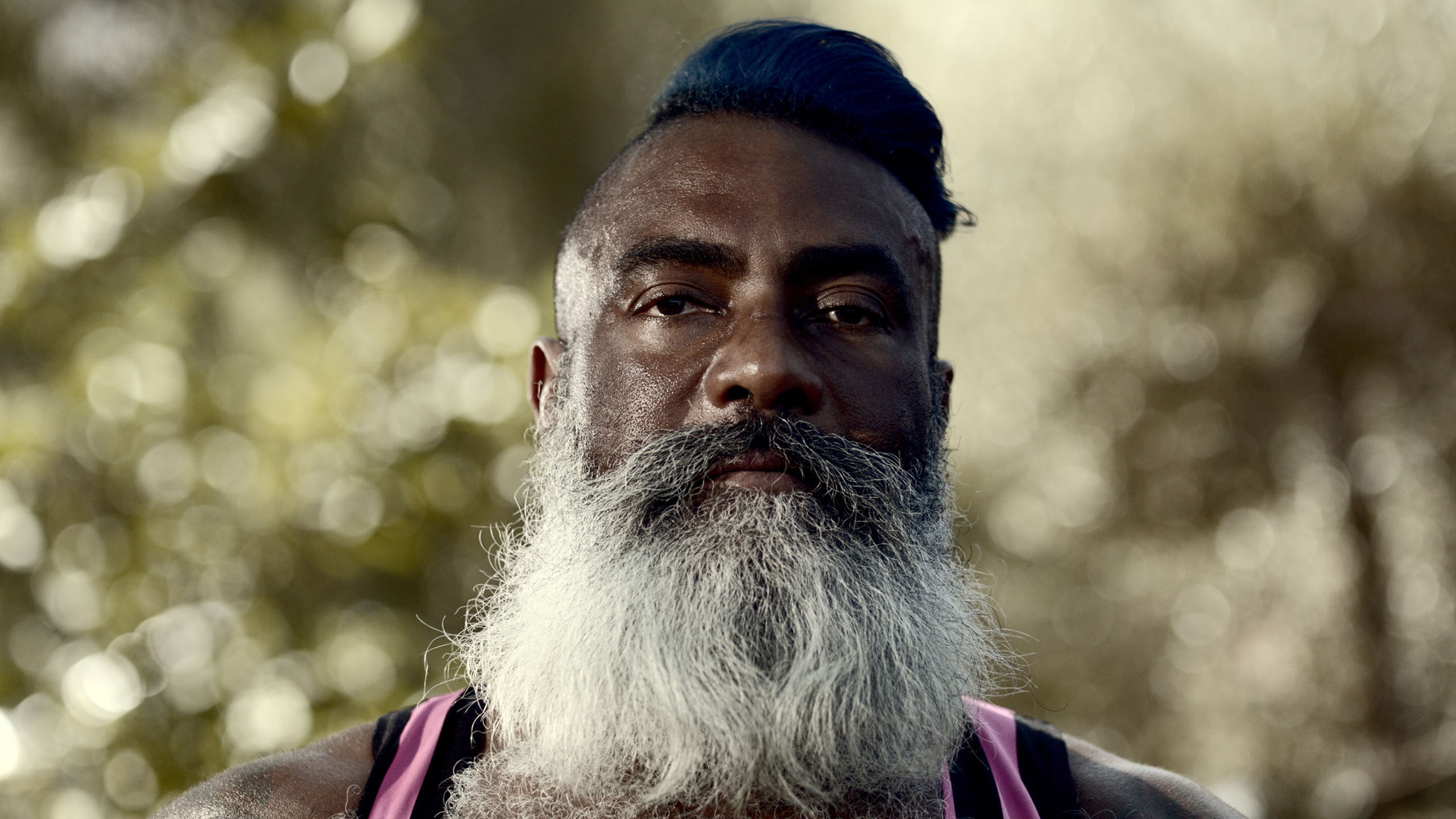
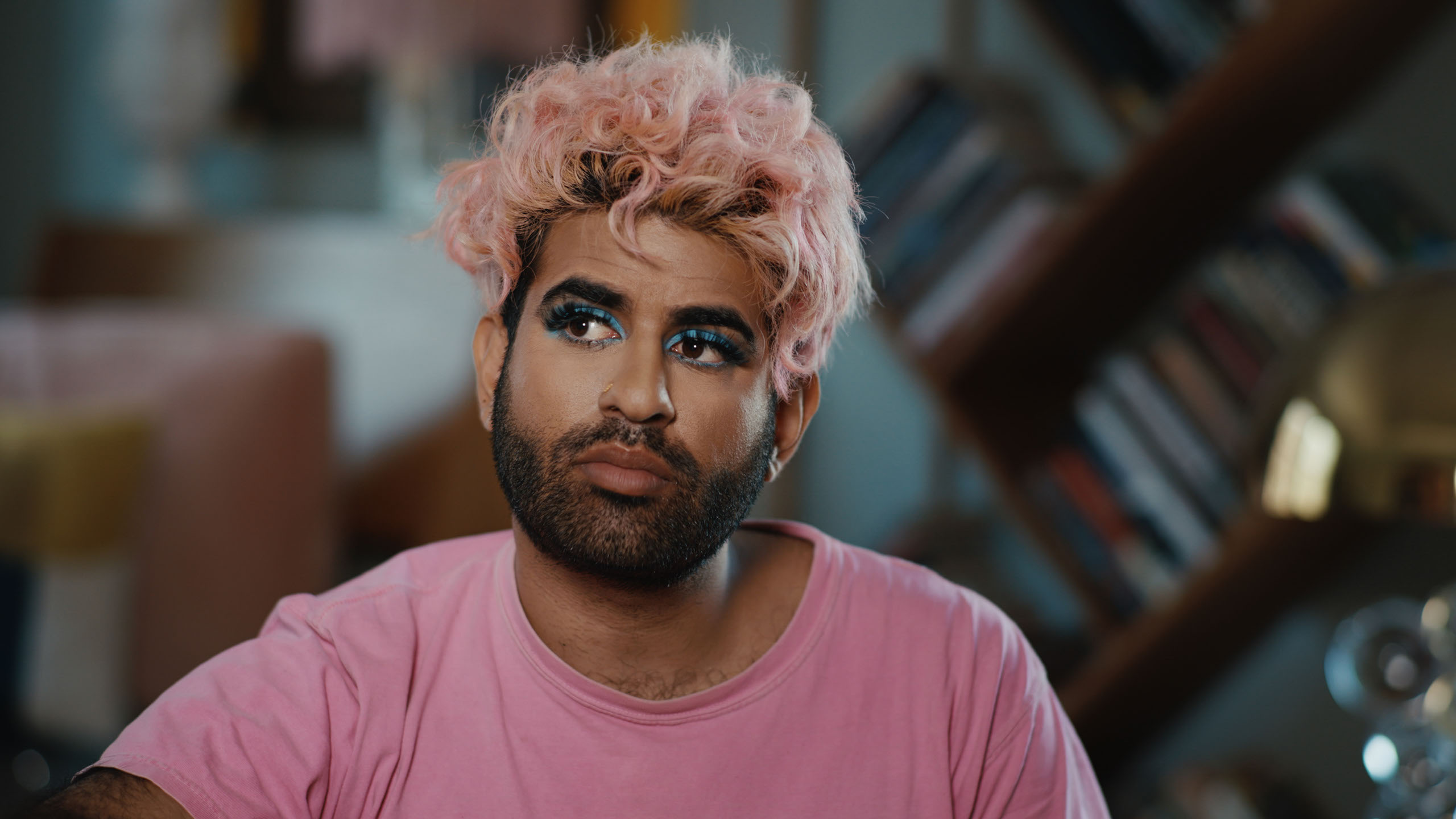
Other character-driven works among the Sundance shorts include ALOK, an upbeat bowl of queer gumbo that celebrates diverse experiences within the rainbow. Directed by Alex Hedison and executive produced by her wife Jodie Foster, ALOK profiles non-binary author, poet, comedian, and public speaker Alok Vaid-Menon. The film observes Vaid-Menon riffing about life and experiences in poetic interviews and voiceover. Hedison blends Alok’s story with interviews with other LGBTQ+ speakers whose voices add to a collective portrait. While Vaid-Menon is the chief speaker, the chorus that echoes throughout the film underscores Alok’s journey from “me” to “we” as the multihyphenate reflects upon the power of inclusive pronouns. The film admirably amplifies a powerful message about community and belonging.
The same goes for the character piece Merman. This LA Times short doc directed by Sterling Hampton IV delivers a very fun and artistically offbeat take on André Chambers, a 58-year-old Black queer man who proudly regales the audience with his origin story en route to becoming a leather daddy and merman. “Water calms me,” André explains as he tells how he defied the odds and seeks to energize others by being out, open, loud, and proud. His tale is pretty remarkable as he says in voiceover how, like other Black kids, he wasn’t allowed to swim in the pool and was an outsider in a racist, homophobic society. André looks back and shares how he conquered water, broke stereotypes, and created an empowering embodiment of Black queer desire. Through him, a generation of people can see themselves reflected and experience a new form of thirst—the good kind.
Celebrations of love, meanwhile, fuel the personal essay Salone Love. Director Tajana Tokyo gathers words from family and extended family members to create a collage of love stories from Sierra Leone. Animation, voiceover, and lovingly composed vérité footage collide to convey the many ways in which people fall in and out of love. It’s an upbeat and beautifully designed work told with a big heart.
Three other short docs favour animation, including the Iranian work The Smallest Power. The film takes a cue from Flee and uses animation as a veil for anonymity. It gives voice to a woman who observes the Woman, Life, Freedom movement from the vantage point of a hospital floor. The animation is limited, but effective in amplifying an important message.

Meanwhile, animation fuels the visually dazzling short doc Baigal Nuur – Lake Baikal. The film conjures the history of Lake Baikal in Siberia through an imaginative kaleidoscope of colours and textures. Mongolian-Canadian artist Alisi Telengut delivers a creation story of poetic grandeur as she offers a vivid and tactile portrait of the lake’s formation. Voiceover in the endangered Mongolian dialect of Buryat fuels the tale of Baigal Nuur, emphasizing a sense of oral history and storytelling while harnessing the visual power of documentary and animation to share it anew. It’s an impressive work of artistic and technical dexterity—a truly accomplished film unlike anything audiences have seen before.
There’s a great sense of play and tactility in the animation that drives Jack Dunphy’s droll and heartfelt family saga Bob’s Funeral. The film, a worthy winner of Sundance’s non-fiction short prize, is a family saga in which Dunphy reflects upon the funeral of his paternal grandfather. Nobody seems to have mourned Bob, but in observing his family coming together and going through the motions of grief (or “grief”), the film mourns the distance that grows between relatives when things go unsaid. Dunphy assembles a playful collage of footage shot throughout the years and he looks back on his relationship with his father to interrogate the relationship between dads and their sons to better understand the rift between his elders. It’s a funny work told with great personality and heartfelt emotion and a final emotional beat that hits a viewer by surprise. The film captures the universal truth that dads are incredibly embarrassing, but can also be kid’s best teacher, role model, and mentor if they play the part just right. Bob’s Funeral finds a universal message told straight from the heart.
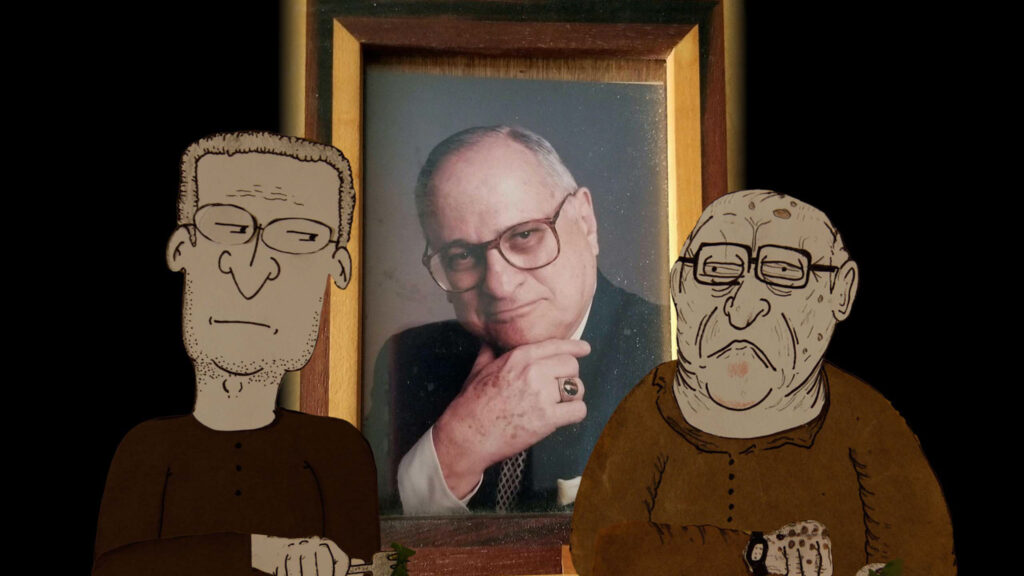
A much different tale of the connection between parents and children comes in the urgent New Yorker doc To Be Invisible. This film by Myah Overstreet observes two mothers, Alexis and Kellie, as they fight to be reunited with their children. The mothers share how they lost their kids to the Child Protection Agency and have been on a multi-year journey to prove their worth as parents. The film captures the drive and conviction of these mothers who seemingly do everything right, but slip through the cracks as bureaucrats, judges, and program officers fail to see them. Overstreet finds a devastating portrait of a broken system as Alexis and Kellie connect with advocates and mentors who advise them to put a human face on a problem that divides families across America. The film stresses how these stories are just two among many. It asks what hope America’s children can have if they lack the foundational support of a loving home.
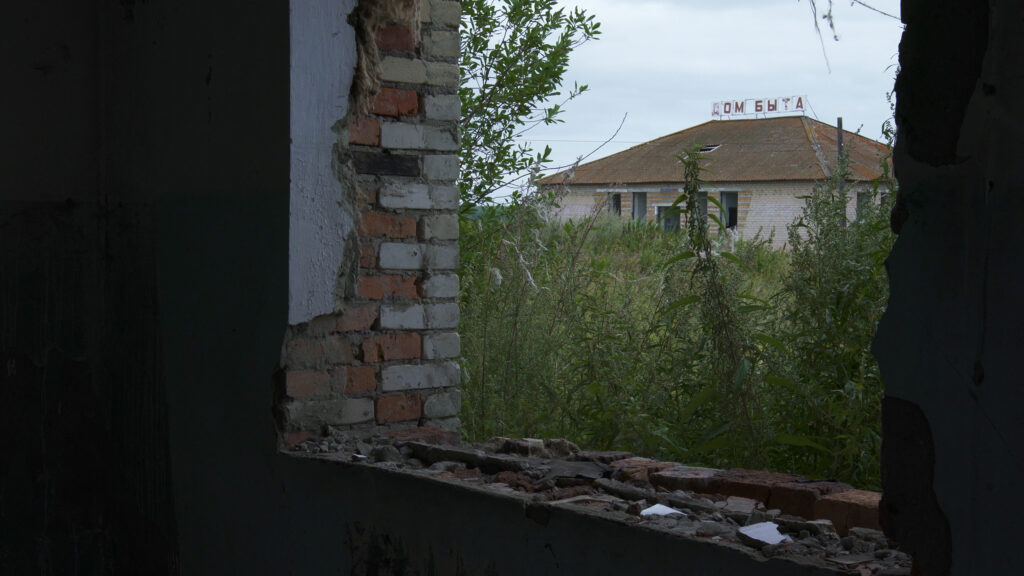
The Sundance docs feature another eye-opening political exposé in the Belgian film Object 817. This enigmatic shape-shifter of a documentary shares haunting images of Russia’s Ural region, which was devastated by the Mayak nuclear disaster. The 1957 event is second to Chernobyl in terms of nuclear fallout, but the death toll is unknown, as characters who appear throughout the film can’t quite grasp the details of the horror that surrounds them. Participants tell in voiceover of a landscape scarred by loss as the region houses more graves than living residents. Images of vacant homes and abandoned buildings illustrate a ghost town. Then director Olga Lucovnicova introduces a peculiar tale about a story that made headlines when a couple stumbled upon what they believed to be alien remains. Archival images show the couple and their discovery seated amid a flurry of investigators who seek the truth of this strange find. As they probe the remains, the story cuts back and forth to the barren landscape. Death permeates every frame and a familiar rumble grows on the soundtrack as the register of a Geiger counter brings the paranormal investigation towards its conclusion. Expect to see lots of Object 817 on the circuit to come. It’s arguably the standout of the Sundance short docs in a strong year and an unsettlingly effective portrait of life and death in Russia.




